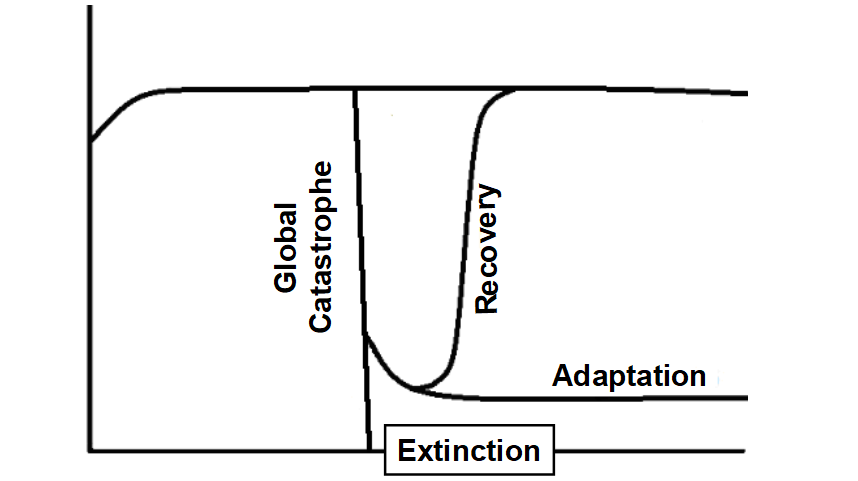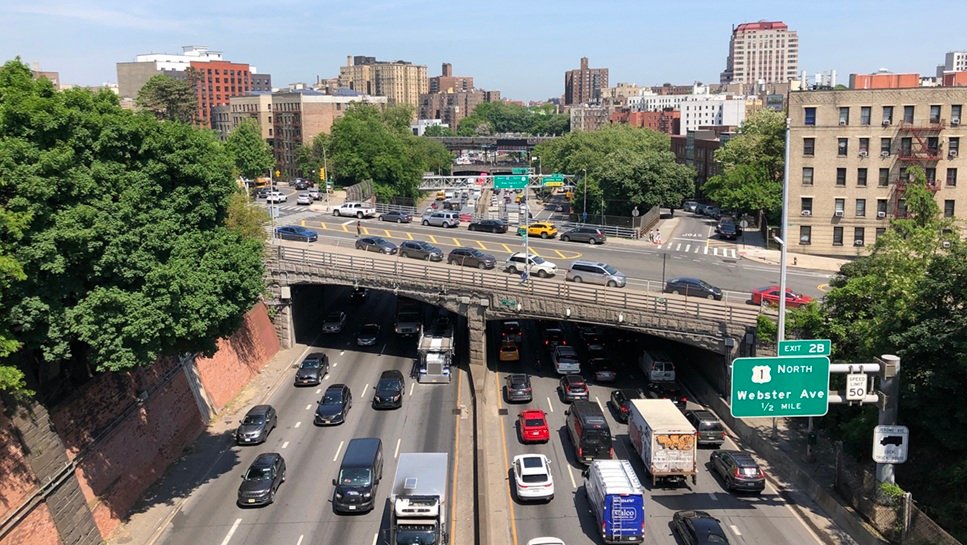Global catastrophes, such as nuclear war, pandemics, and ecological collapse threaten the long-term sustainability of human civilization. A lot of research has studied the nature of global catastrophes and how to prevent them. The research neglects what happens to any human survivors of the catastrophe. This paper analyzes the possibility that survivors may adapt to post-catastrophe conditions, recover civilization and perhaps even go on to colonize space. The paper considers both the importance of adaptation/recovery and how adaptation/recovery may proceed.
Importance of global catastrophe adaptation and recovery. The stakes with global catastrophes are literally astronomical. As a starting point, note that Earth will remain habitable for approximately one billion more years, at which point the Sun transitions to a Red Giant state and becomes too warm and large for life on Earth. If humanity can colonize space, it can survive for much longer and achieve results of great value across the universe. A global catastrophe could prevent that. However, if humanity could adapt to and recover from the global catastrophe, then it could potentially go on to colonize space. Thus adaptation and recovery could be a crucial feature in the fate of human civilization in the universe.
Resilience: environmental and social stressors. Many lines of research can help clarify how global catastrophe adaptation and recovery would proceed, including research on pre-modern humans, human cultural evolution, contemporary subsistence farming communities, and local catastrophes. We highlight research on socio-ecological resilience as particularly promising. Resilience is the ability of a system to withstand a shock. A global catastrophe would be a very large shock. Would humanity have enough resilience to survive? This question can be answered by examining the environmental and social conditions of post-catastrophe survivors, and the stressors that these conditions induce. In the extreme case, the stressors are too much for the survivors, exceeding their resilience and causing them to die.
Promoting successful adaptation and recovery. By analyzing the environmental and social stressors associated with global catastrophe scenarios, we can identify plans for promoting successful adaptation and recovery. These plans can be put in place now, before the onset of global catastrophe. Consider cosmic impact, supervolcano and nuclear winter global catastrophe scenarios. These scenarios all put dust into the atmosphere, an environmental stressor that cripples agriculture. Food stockpiles could help overcome this, especially if located in areas likely to have survivors, such as the equatorial Andes or other rural equatorial highlands. Social stressors that survivors are likely to face include the breakdown of social institutions and loss of social memory. Catastrophe-proof knowledge-banks, schools or libraries could help overcome these stressors.
Towards a new line of research. This paper presents just a preliminary analysis of global catastrophe adaptation and recovery. Much more research is needed to understand this vital topic. Future work could include modeling exercises examining the consequences of various global catastrophes, including climate change, ocean acidification, nuclear war and global epidemics. Additionally, any efforts to increase our knowledge on social-ecological vulnerabilities and resilience would be useful.
Academic citation:
Timothy M. Maher Jr. and Seth D. Baum, 2013. Adaptation to and recovery from global catastrophe. Sustainability, vol. 5, no. 4 (April), pages 1461-1479, DOI 10.3390/su5041461.
Image credit: Seth Baum
This blog post was published on 28 July 2020 as part of a website overhaul and backdated to reflect the time of the publication of the work referenced here.




